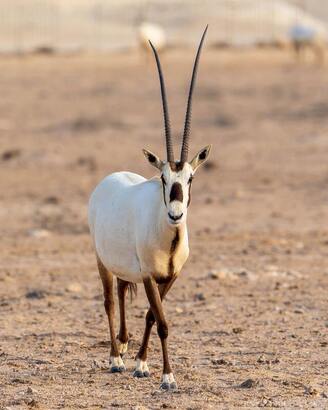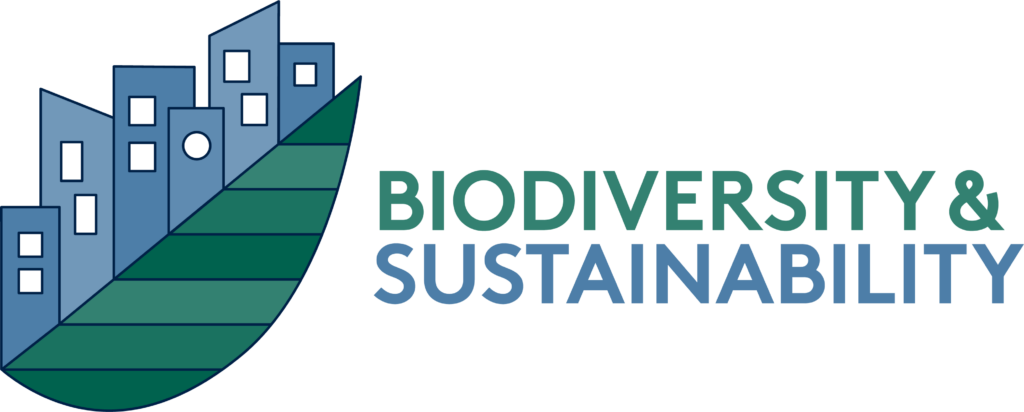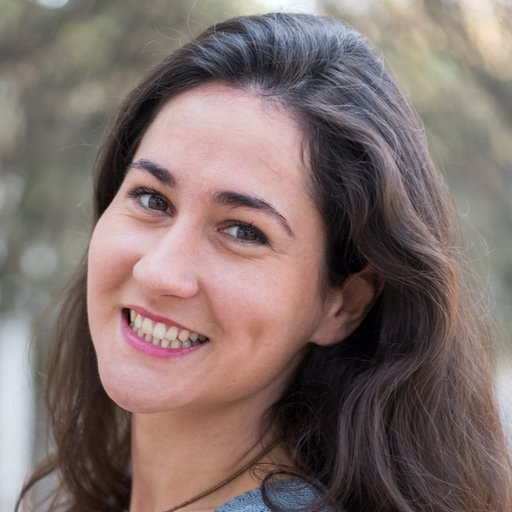
Promoting Biodiversity Recovery on the Arabian Peninsula through Technological Innovations in Translocation
The Arabian Peninsula, known for its unique endemic and endangered species, has witnessed alarming biodiversity declines over the last 60 years due to factors such as climate change, habitat degradation, and human intrusion. While the reintroduction of species, like the Arabian Oryx, has proven successful, the current methods in fenced areas have their limitations. Therefore, a comprehensive and technologically integrated approach is essential. My research explores the potential of introducing a groundbreaking framework aimed at enhancing translocation success. A meta-analysis of the status of biodiversity on the Arabian Peninsula reveals a lack of data collection and the need for long-term strategies. To address this, I intend to utilize Agent-Based Model (ABM) simulations to predict recovery timelines and identify optimal release sites. Empirical data collection will then validate these predictions and refine model accuracy. Furthermore, to tackle the need for long-term monitoring, satellite imagery will be used for large mammal detection, potentially replacing traditional monitoring methods. The goal is the development of innovative guidelines for future translocation projects, marking a change in thinking in conservation methodology.
The implications of this innovative framework are profound. It offers a revolutionary approach to biodiversity restoration in the Arabian Peninsula by combining traditional methods with state-of-the-art technology. Moreover, given the region’s initiatives, which emphasize technological integration in conservation, this model not only contributes to ecological balance but also promises regional economic growth, setting a benchmark for global conservation endeavours. This comprehensive approach recognizes the urgency of addressing biodiversity decline and leverages innovative tools to create a sustainable future for the unique species of the Arabian Peninsula.




